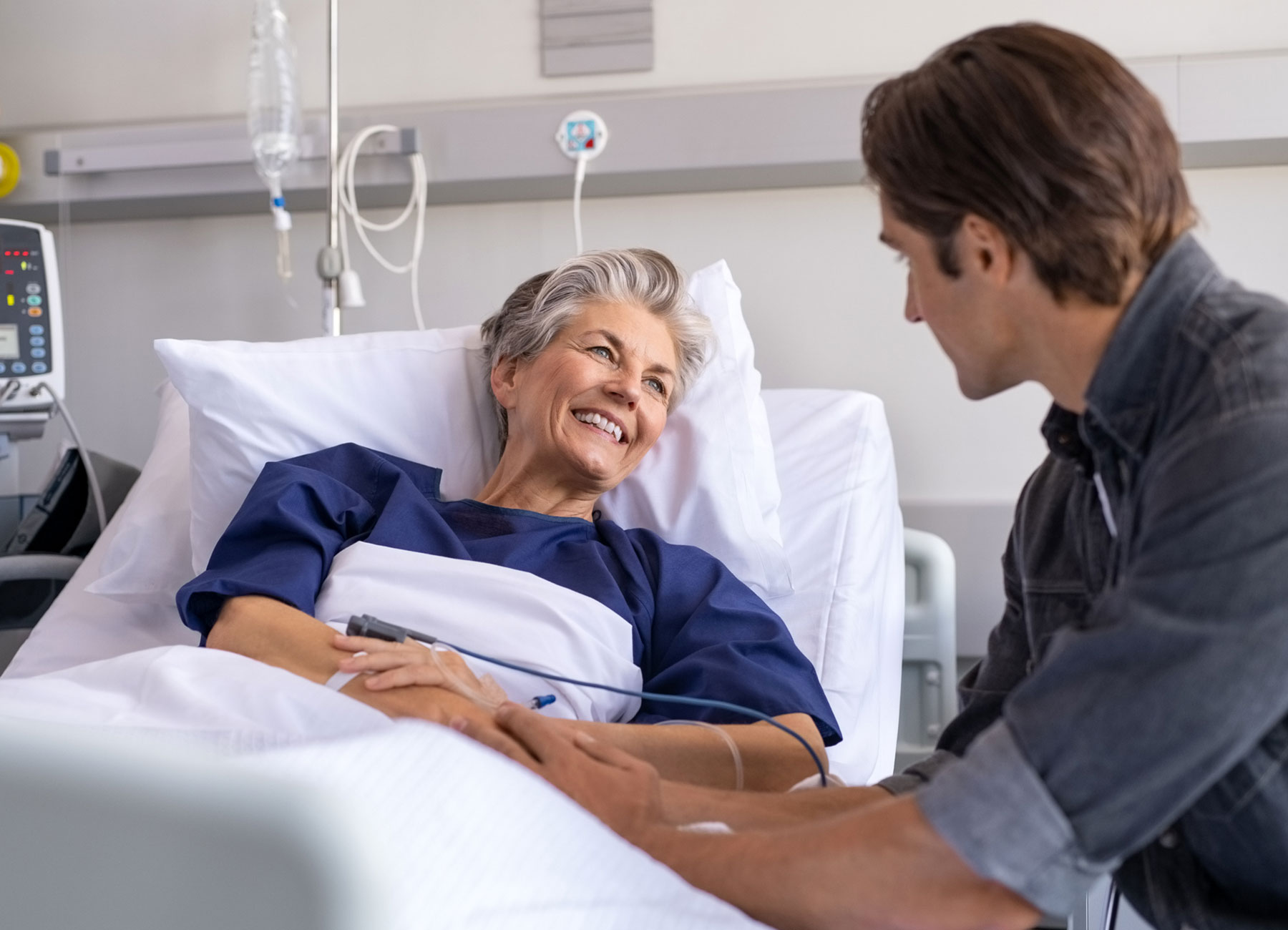Do you ever feel like your arthritis worsens or your joints ache more in cold or damp weather? It’s not your imagination or an old wives’ tale—joint pain does actually become worse in colder weather.
How Changes in the Weather Affect Arthritis and Joint Pain
One likely culprit for increased joint pain in colder weather is our lack of physical activity. After all, when it’s cold and wet outside, we’re more likely to spend more time indoors. And, when we’re inactive and not getting enough exercise, our joints can quickly become stiff and sore.
But what about those who exercise indoors during the colder months? They often complain of joint pain as well.
Medical researchers are still trying to determine the exact connection between weather and achy joints, but they have a few theories. The first is that barometric pressure—the pressure in the air—wreaks havoc on the joints that lack cartilage to cushion the bones. When the cartilage in your joints are worn away, the nerves in the bones become more exposed to barometric pressure, which might make them feel achier.
Another theory suggests that a drop in barometric pressure causes scar tissue, muscles and tendons, to expand and contract, which could also lead to achy joints. Lastly, cold temperatures may also thicken the fluid in the joints, stiffening them.
How to Relieve Achy Joints
For those who experience joint pain in colder months, below are some tips to reduce achy joints as well as the pain associated with arthritis.
Get active: Inactivity can lead to stiff, sore joints. After consulting your doctor, consider engaging in “joint-friendly” exercises such as walking, yoga, and swimming.
Stay warm: If it’s cold outside, keep yourself warm by dressing in layers, wear socks and gloves when venturing outdoors, keep your thermostat turned up, and use a heated blanket when you sleep.
Use a heating pad: Applying a heating pad to achy joints for 15 to 20 minutes several times a day can provide considerable relief.
Try a paraffin bath: Some people find relief with a paraffin bath, which is a small device that melts paraffin wax. You dip your hands or feet into the tub and let the wax harden. Once it’s hardened, it can be easily removed and discarded.
Prevent joint strain: The last thing you want to do when you’re experiencing aches and pains is lift heavy boxes from the attic. Don’t be ashamed to ask for assistance in lifting heavy objects.
Maintain a healthy body weight: Excess pounds can strain the knees, hips and back. Ask your doctor for tips on how to maintain a healthy diet.
Be mindful of your overall health: Remember to get an adequate amount of sleep, pay attention to your diet, and drink plenty of fluids.
If lifestyle modifications don’t relieve your joint pain, talk to your healthcare provider. They may recommend medications such as non-steroidal anti-inflammatory drugs (NSAIDs) or other treatments. To find a primary care provider near you, visit pardeehospital.org.

Charles DePaolo, MD
a department of Pardee Hospital




